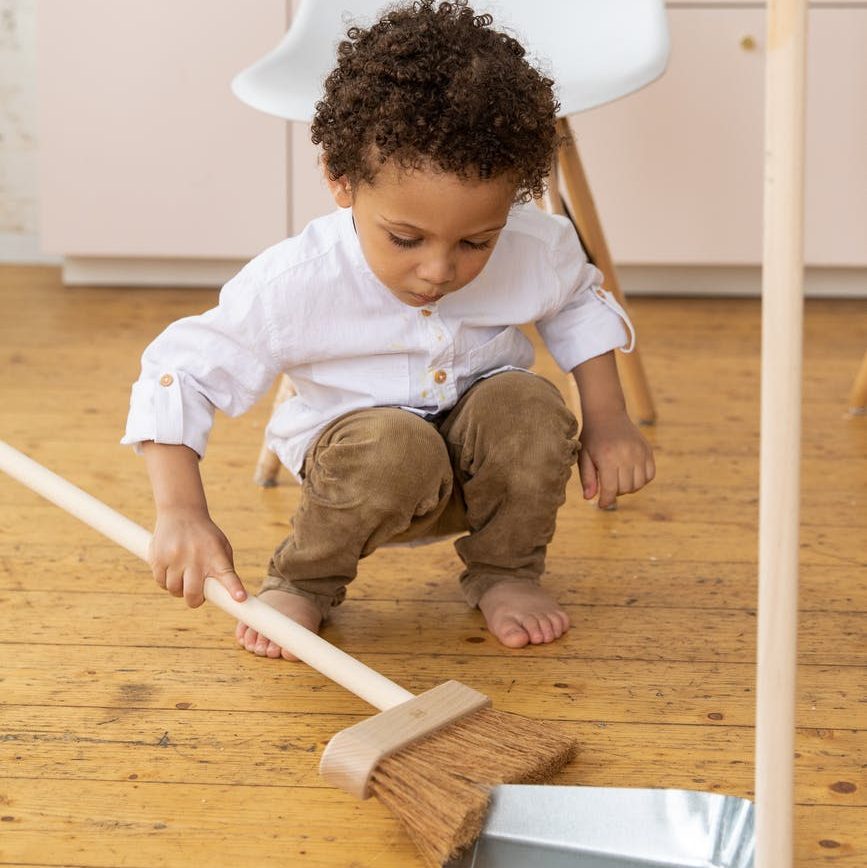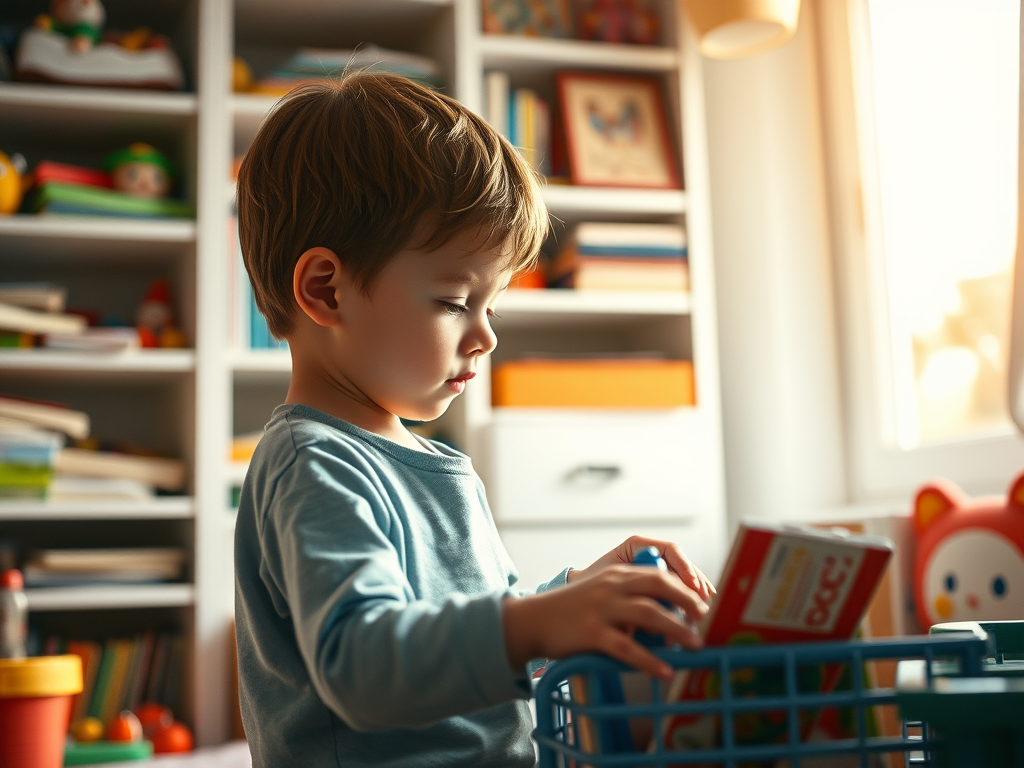What Makes Positive Behavior Support Way More Than a Sticker Chart?

|
Getting your Trinity Audio player ready...
|
Why should we use positive behavioral support with children?
Scientific research studies have repeatedly found that positive behavior support strategies are highly effective when working with children.
My professional experiences with children for over 20 years (as a behavior specialist working in homes and schools, and as a school psychologist) fully support the benefits of using positive behavior support methods with students.
What is Positive Behavior Support (and what makes it more than a sticker chart)?
Positive behavior support strategies use natural and logical consequences to teach “right” from “wrong.”
Examples of logical consequences (e.g., you make a mess you clean it up; you take something without asking, you give it back; you break something on purpose, you work to earn the money to fix it; you yell and scream in a library, you leave the library, etc.).

A natural consequence would be more like “you are cold because you would not put your coat on.”
Positive behavior support methods also acknowledge hard work and effort (you worked so hard on that project, I love the effort you put into your piano lessons, you were such a kind friend to Jessica, etc.).
Kids are noticed for the positive choices/actions they make and when they are having a hard time, adults use empathy and compassion are used to show child(ren) that they are in their corner and understand their point of view, even if they don’t agree with their behavior.
Children are taught that we are not entitled to certain things (toys, games, tv, amusement parks) but rather need to work towards the things we want.
Boundaries are set but in a loving and confident way (e.g., you need to keep your teeth healthy – first brush your teeth and then you can play your video game).
Using threats/punishments is not recommended (e.g., you better brush your teeth right now or you will stay in your room the whole day).
Positive and nurturing relationships, lead to a sense of belonging at home, in school, and in the community!
With positive behavior support strategies in place, a true relationship is nurtured.
The child feels respected and heard and in turn, the adult also generally feels respected and heard.
Keep in mind that a child’s age and developmental ability can impact how well they can understand and appropriately respond to an adult.
There is a mutual understanding that “we are a team (a family, a community, a classroom) and we work together for the good of the group.”

Many people think positive behavior support is a sticker chart or a reward system.
Positive behavior support is not bribery, stickers for being good, or a lack of discipline.
It is a scientific way of interacting with children, with the understanding that “negative behaviors” are the result of unmet needs along with an unstable set of coping skills and/or communication difficulties.
The main goal of positive behavior support is to teach children healthy ways to meet their own needs in order to reduce behaviors that are detrimental to the child or others.
Children are taught replacement skills consistently over time through explanations, examples, demonstrations and/or modeling. For instance, if a child grabs a toy from another child whenever they want it, the replacement skill taught would be asking the other child for a turn with the toy.
Potential natural rewards (such as positive peer interactions, and getting a turn) along with positive feedback from an adult (e.g., I love how you asked Mary for a turn with the toy instead of grabbing it), help to enforce and maintain a child’s positive behavior choices.
Allowing a child to earn a preferred activity/item (e.g., you shared so nice during free play, you can now play a game of your choice for 10 minutes) can also be helpful in reinforcing skills.
3 Ways to Use Timers to Encourage Homework & Chore Completion
Some children are motivated by stickers (e.g., first complete the math problem and then I will give you a sticker of your favorite character).
Some children benefit from visual charts (e.g., sticker chart) to represent their progress towards a specific goal; however, bribery and sticker charts are not the foundation of a strong system of positive behavior support.
5 Anger Management Tips for Kids
Punishment is not a teaching strategy.
It is important to remember that punishment does not teach coping skills, communication or any of the other skill sets we want to see our children learn.
Positive behavior support is not coddling or treating a child with “kid gloves.”
Positive Behavior Support is a way of talking and behaving. Here is a list to refer to which sums it up:
-phrasing things in the positive-walk vs. don’t run
-acknowledging responsible behavior (nice work putting your clothes away)
-setting boundaries-if you want to do X, you must do Z first (e.g., premack principle)

-using natural and logical consequences
-being empathetic, compassionate and caring
-working with and relating to your child/student
-teaching and guiding your child or student by using logical explanations, giving examples, and/or modeling positive behaviors such as compassion, generosity, helpfulness, thoughtfulness, hard work, empathy, active listening, resiliency, and teamwork.
Education and Behavior – Keeping us on the Same Page for Children.







